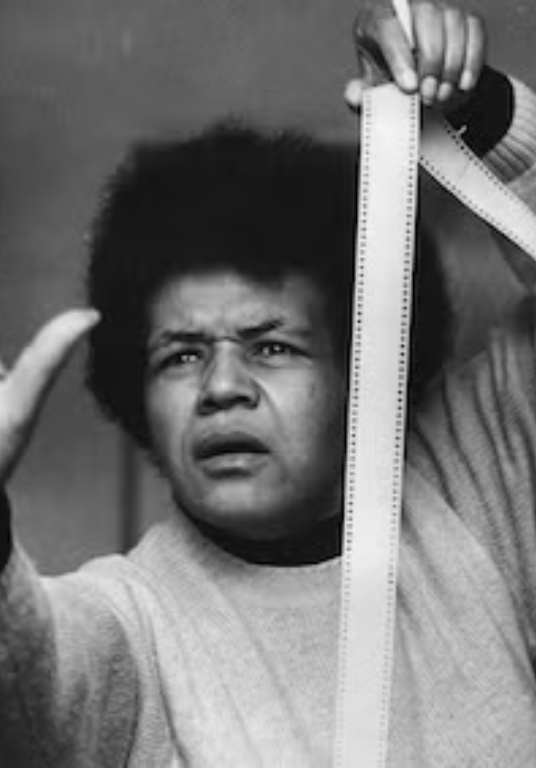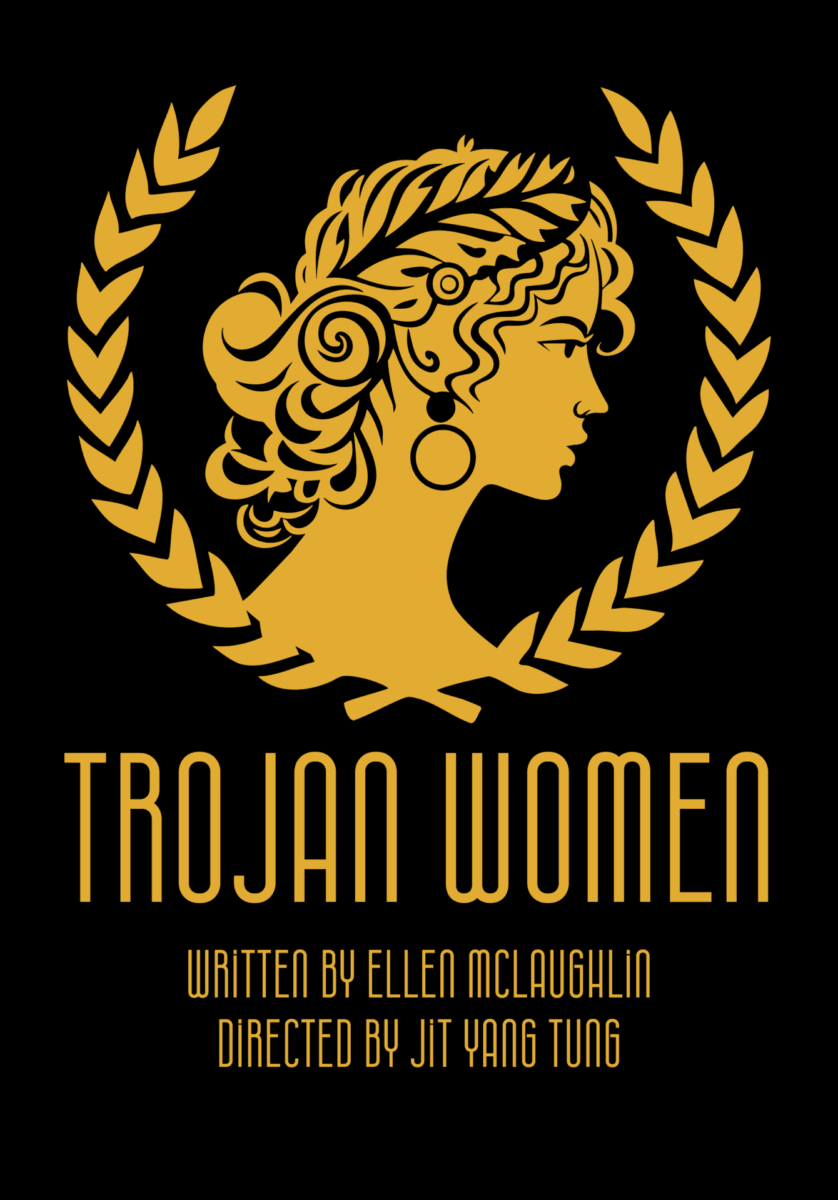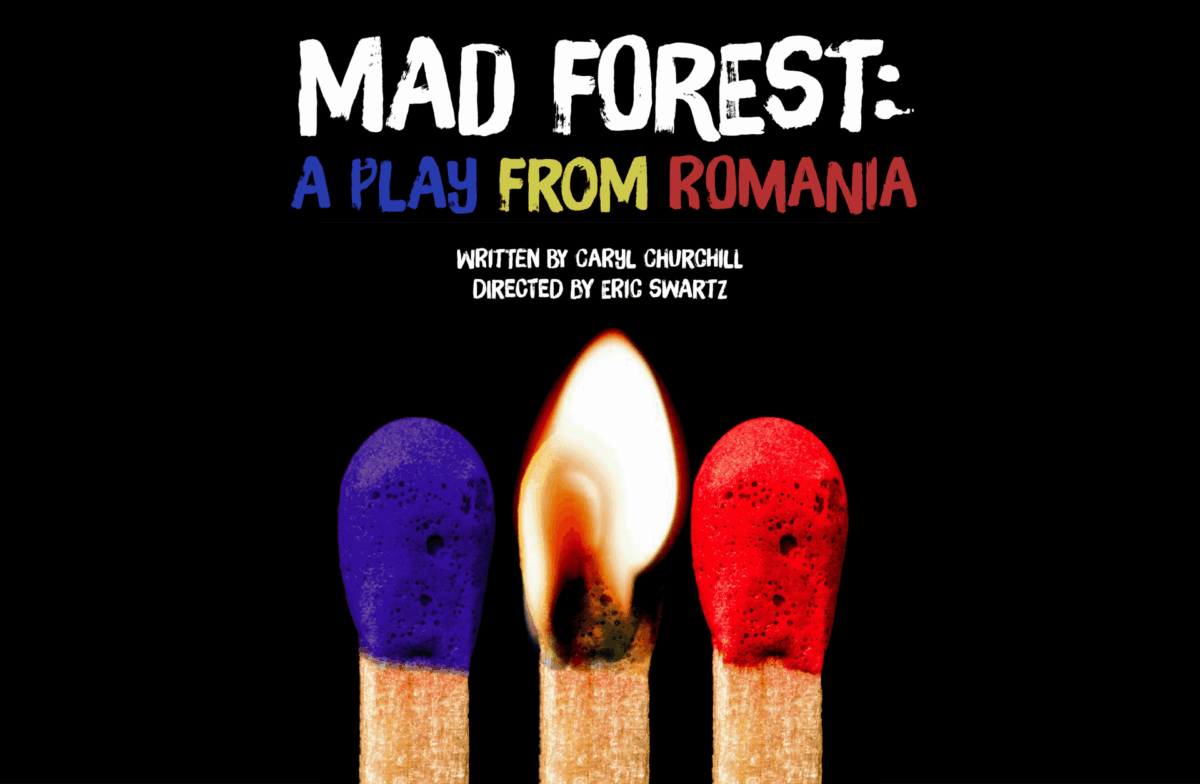
Sarah Maldoror: Through a Lens of Resistance and Rebellion
Details

Hosted by the UCLA Film and Television Archive
In-person:
Q&A with producer and distributor Annouchka de Andrade, daughter of Maldoror, moderated by UCLA TFT Associate Professor Ellen C. Scott.
Admission is free. No advance reservations. Your seat will be assigned to you when you pick up your ticket at the box office. Seats are assigned on a first come, first served basis. The box office opens one hour before the event.
On April 13, 2020, 90-year-old filmmaker, theater artist and mother Sarah Maldoror passed away due to complications from the coronavirus. The African diasporic film director has been remembered in various posthumous celebrations of her life, and her creative force has become a singular subject of collective rediscovery thanks to the front-running curatorial sense of feminist film publication Another Gaze coupled with the efforts of Maldoror’s daughter Annouchka de Andrade, who has tirelessly labored to preserve and share her mother’s legacy.
Born Sarah Durados in rural, southwestern France to parents of West Indian and French descent, the multidimensional maker was initially drawn to the Parisian theater scene where, in 1956, she co-founded one of France’s first Black theater troupes in collaboration with other artists of the African diaspora. Half a decade later she pivoted her creative focus to cinema, first studying filmmaking under Soviet director Mark Donskoy in 1961 before working as assistant director to Gillo Pontecorvo on The Battle of Algiers (1966), a milestone of revolutionary cinema. Claiming that Black artists “are the only ones who should tell our history,” Maldoror — who changed her last name after an inspirational encounter with the 19th century poem, Les Chants de Maldoror — would forge her own visual transmissions of African culture by directing over two dozen films, including documentaries, fiction shorts, and feature-length narrative and television films.
The Archive is honored to screen three of Sarah Maldoror’s markedly distinct works created for cinema and broadcast television. Presented in dialogue with each other, the three works construct a nuanced portrait of Maldoror’s unique formal, social and political concerns.


